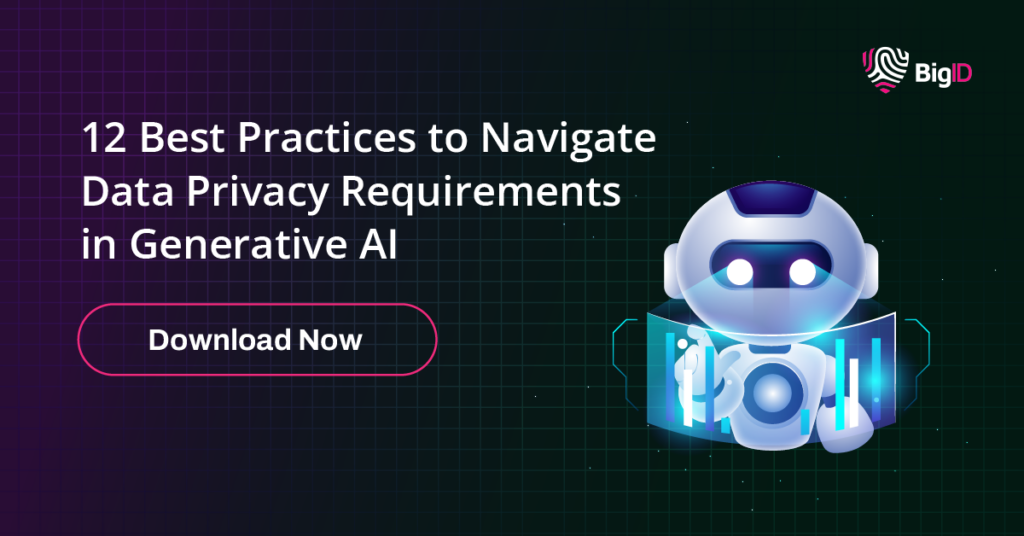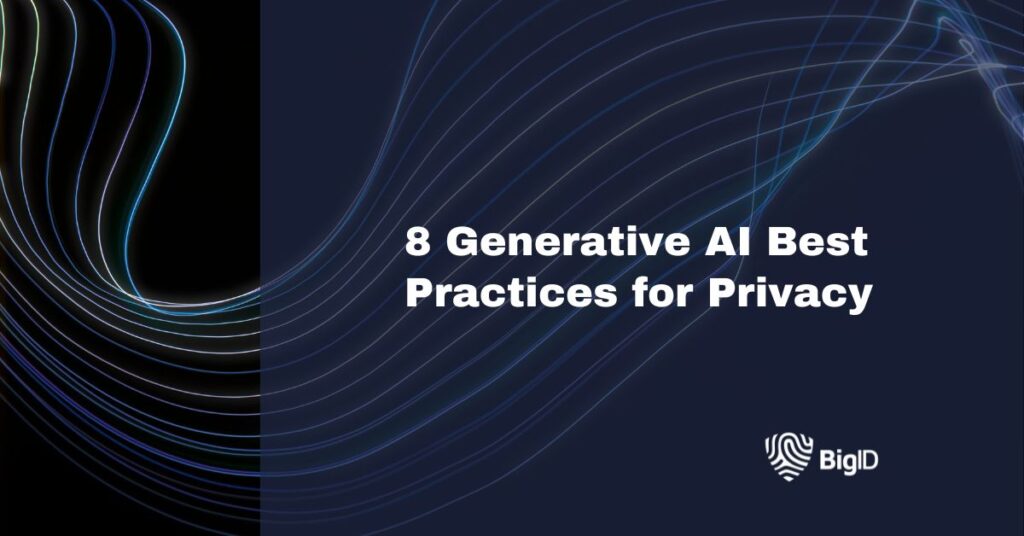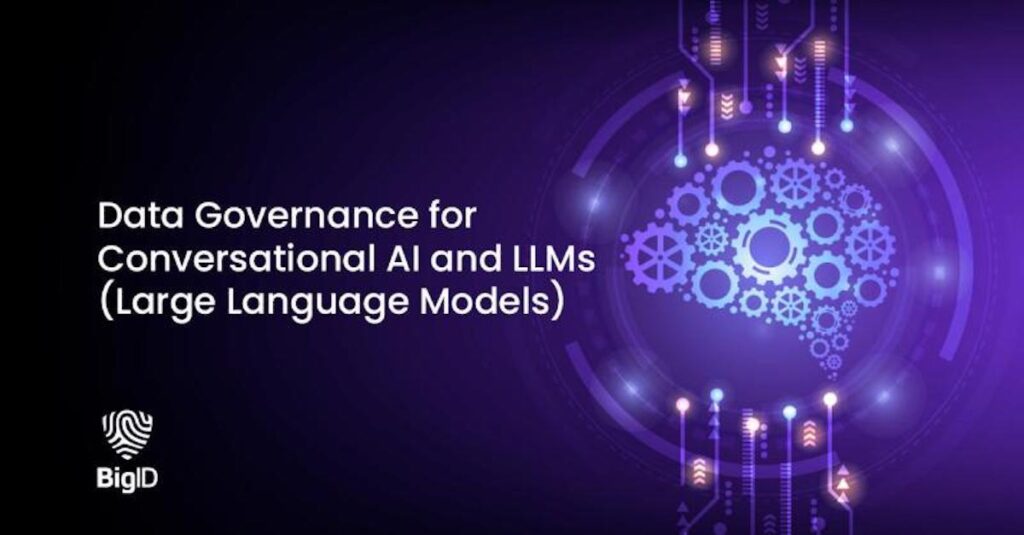Generative AI, a subset of artificial intelligence, has emerged as a powerful force with its remarkable ability to generate content and data autonomously. Generative AI has forever evolved the technological and creative landscape of the workplace. However, its incredible potential to push innovation comes with risk, bringing a complex web of legal and regulatory considerations. Even though it promises to transform industries, from healthcare to entertainment, education to customer service— this transformative power has several challenges.
Here are 8 best practices to help you reduce the risk of Generative AI and navigate the legal and regulatory landscape effectively:
1. Understand AI Laws and Regulation
As Generative AI becomes more integrated into various industries, it raises complex legal and regulatory questions. These questions revolve around data privacy, security, risk, intellectual property, ethical use, and more. Understanding and navigating this intricate legal landscape is essential for organizations that seek to leverage the benefits of Generative AI while avoiding potential legal ramifications and extensive fines.
2. Establish a Clear AI Data Governance Framework
AI governance frameworks provide a structured approach to ensuring that AI technologies are developed and used responsibly, ethically, and transparently. Additionally, an AI data governance framework should outline how data is collected, processed, stored, and shared. It should clearly define roles and responsibilities for data handling and establish procedures for data protection. Ensuring that Generative AI projects adhere to these guidelines and policies.
3. Assess the Ethical Implications of Using AI Technologies
Beyond legal requirements, ethical considerations are paramount when working with Generative AI. These considerations include bias and fairness, transparency, and the responsible use of AI-generated content. Generative AI systems can sometimes produce content that is ethically questionable or biased. There can be legal consequences as some jurisdictions have introduced or proposed regulations that explicitly address bias and fairness in AI systems.

4. Provide Transparency and Awareness
Transparency and explainability are essential for maintaining trust and complying with legal requirements. Many regulations, such as GDPR, require that individuals be informed about how their data is used and the right to understand and contest automated decisions. When deploying Generative AI, ensure that your systems clearly explain their actions and decisions, mainly when they affect individuals’ privacy rights.
5. Conduct a Privacy Impact Assessment (PIA)
Conducting PIAs helps evaluate the potential risk to individuals’ privacy when evaluating and implementing AI technologies. When using Generative AI, especially in applications that involve personal data, conducting a PIA can be crucial. This assessment should consider data collection, storage, processing, and sharing factors. It should also evaluate the potential impact on individuals and the measures to protect their privacy.
6. Implement Data Retention and Minimization Policies
Data minimization, retention, and purpose limitation are fundamental principles of data privacy and protection regulations. Organizations should apply five key best practices when utilizing Generative AI to mitigate risks: minimize data collection to what is essential for the intended purpose, establish clear data retention policies, define and document precise data collection and use purposes, capture informed consent, and implement secure data deletion processes when data is no longer necessary.
7. Introduce Robust Data Security Measures
Data security is another critical aspect of navigating the legal landscape of Generative AI. Data confidentiality, integrity, and availability are paramount to compliance and responsible use of AI. Working closely with your organization’s Chief Information Security Officer (CISO) will ensure that Generative AI systems are protected against security threats, including encrypting data, regularly updating security protocols, and monitoring unauthorized access.
8. Develop a Breach Response Plan
Despite best efforts, data breaches can occur, necessitating well-defined response plans. These plans should encompass processes for detecting and investigating breaches, timely notification of affected parties and regulatory authorities, and steps to mitigate the impact. Key components include implementing detection mechanisms, promptly notifying affected individuals and authorities, immediate mitigation and remediation efforts, and developing communication plans for addressing media and customer concerns, alongside legal consultations to ensure compliance with data breach notification laws and mitigate potential legal consequences.
Achieving Compliance & Reducing Generative AI Risk with BigID
BigID enables organizations to understand their data better and comply with AI-specific privacy requirements. BigID’s comprehensive platform provides a holistic solution for AI governance and data lifecycle management— giving organizations the tools to achieve compliance with the changing regulatory landscape. With BigID, organizations can:
- Responsibly Adopt AI: Govern LLMs to prevent data leaks and breaches and reduce risk. BigID can find, catalog, and govern unstructured data for LLM & conversational AI.
- Enable Privacy and Protection on LLMs: Implement stringent security protocols to protect generative AI models from cyber threats and data breaches. Enable zero trust, reduce the threat of insider risk, and secure your unstructured data across the entire data landscape.
- Alert on Risk & Policy Violations: Enable new policies to manage and monitor for potential risks and automatically flag when there is sensitive or regulated data.
- Train AI Models: Validate that AI models are being trained on the right data – whether by context, sensitivity, residency, type, category, or more.
- Implement Data Minimization: Enforce AI governance & controls to automate remediation, retention, and deletion workflows – to automatically minimize sensitive, duplicate, similar, and redundant data.
- Streamline Breach Response: Identify compromised data and impacted consumers from a suspected data breach – and streamline incident response.
- Accelerate Risk Reduction: Generate security posture management summaries, automate risk assessments, and get recommended actions to remediate based on data risk.
Schedule a 1:1 Demo with one of our data experts today!


